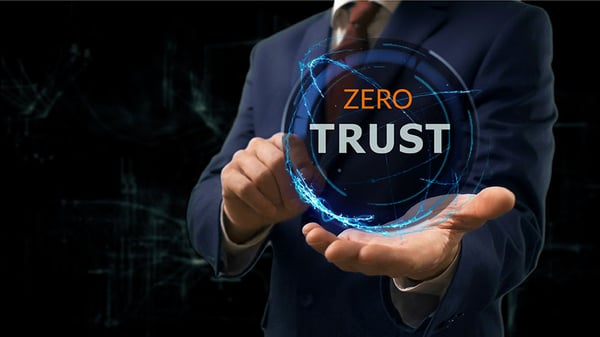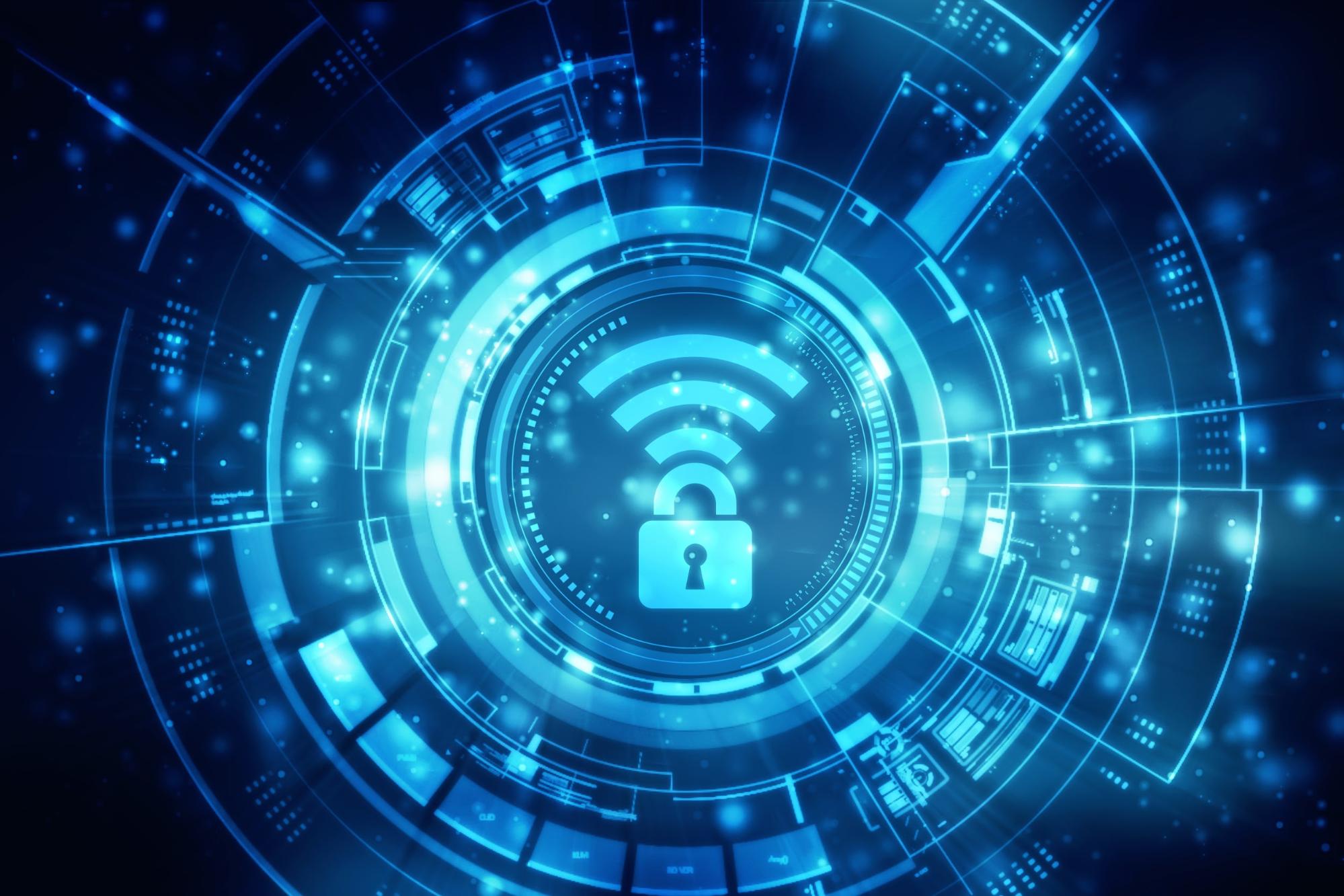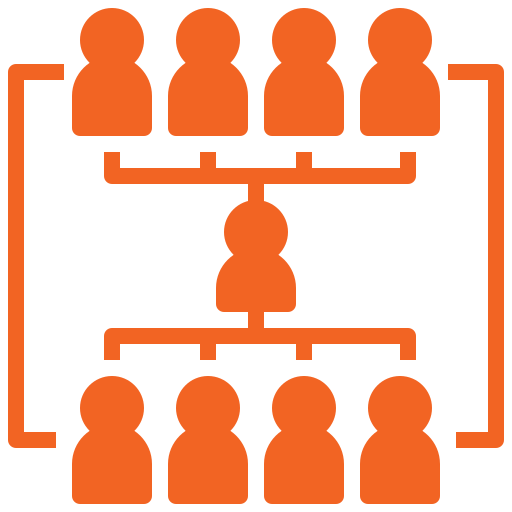Authenticate and verify access
The Zero Trust Model does not trust anyone from within or outside of the company. Hence, one of its main principles is to ensure verified authentication and access to all organizational resources.
The model indicates that you have to treat every access request as a threat, hence checking the validity of the user, the privileges offered to the user, and the duration for which the user can be granted access.









.png)



